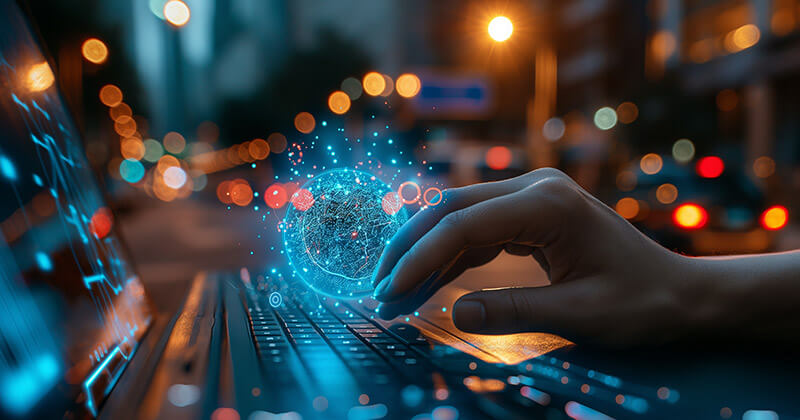Eyetracking Research Update by Shari Thurrow
Shari Thurrow is the founder and SEO director at Omni Marketing Interactive.
Shari’s most recent book is “When Search Meets Web Usability”
Shari starts out by explaining how a fixation is needed for people to reed / scan and click. Eye tracking is the way that the eye moves during the scanning and reading process. Foveal Vision is the study of people who look at something and whether they are generally engaged. The more of a fixation they have, the more attention they are paying to what they are looking at. Google has recently said that engagement is critical for SEO, and they even added in a bunch of new pages on copywriting in the Google Webmaster Tools.
SERPs have a very strong heat map. US people (and Australians), read from top to bottom, and from right to left.
Now with universal search, people might not always follow this F Pattern so closely. Eye tracking can show you how people look at things but won’t give you why they are looking at that. Fixation and engagement can be both positive and negative. Do people get the ‘what the F look’ on their face? Sometimes people are fixated on something because they don’t understand it.
Navigation is always the focus of the peripheral vision, and that’s the way it should be. According to Shari, search boxes should not be auto-filled because people don’t tend to search or fill out forms that are auto-filled. Be aware of the banner blindness area the top of the page. Also make links stand out, content is usually black text on a white background, so ensure the buttons look clickable and are coloured differently.
Pogo-sticking is where people jump from a particular category, landing people to the detail page, then back to the category pages. Statistically when this occurs the conversion goes down. Use peripheral vision to keep category navigation options on a detail page – that way people don’t have to bounce back and forward to check out different options.
In terms of what types of adds get the most attention, ad fixations on page stats are:
- Cartoons ads get 29% of the attention
- Graphics ads get 35%
- Text and graphics together result in 52% attention
- Text only ads also get 52%
Shari alludes to The 3 Click Rule as being total BS… which is something I would tend to agree with, as it directly contradicts the concept of theming. If you silo a site correctly and have a good UI, both people and search engines should be able to find all the content they need.
There are three general types of searches a user will perform on a website:
- Navigational (people want to find a specific website)
- Informational (answer, fact, review or list) 58% of all queries on search engines
- Transactional query (purchase something, download, listen to music, look at photos, watch a video) these are the least common types of queries on search engines begin about 10-20%.
Consider the users intention before starting your eye tracking studies.
For the on page factors, people’s eyes naturally go from areas of heavy colour concentration to less colour concentration. This is true unless the user perceives the images as an ad, or they don’t understand the image therefore they will tend to ignore it.
Interestingly, sitelinks really attract the attention of the user.
Check out the Gestalt principle of similarity (I am going to after the show).
On Facebook people don’t look at the photos, they actually look at the words on the page.
On Twitter there is a strong F shape, and the people are more interested in their own stats – like followers and direct messages.
On YouTube people look at not just videos but also captions. Writing good captions is critical for search engines but also because people read them. People are more likely to look at the thumbnails on Youtube, than on Facebook / Twitter.
Landing Pages
Effective graphic images:
- Are high contrast and high quality
- Are not excessively detailed
- Are highly related to content on the page
- Do not look like ads
- Don’t use stock photography; if the images are deemed as ‘fake’ 85% of times those images will be ignored. (Shari gives an example of a site with stock photos and people totally ignore the images, they look at navigation and text).
- Pose magnetic features including
- Smiling and approachable
- People looking at the camera
- Sexual anatomy
- Appetising food
- Clear instructions or information
Shari explains if you don’t give people a job when they get to your page, then they won’t take in the important elements and eye tracking will go all over the place. If you know that people are coming to your sites with a navigational query, then you know that they are looking at the URL and the brand. But if they are doing informational queries people are more likely to read your meta data and the snippet in the search results pages.
And finally, after doing all your analysis sometimes people only click on the first link because it’s the first.
So to sum up
Understand the user’s intention before studying the eye tracking. Don’t look at the eye tracking data in isolation. When women perform a task, like searching for shirts, they look at the shirts, but not the face of the model wearing the shirts. However, when men do a similar shirt search they look at the faces and the shirts, and it doesn’t affect their conversion. Men will also often look at a models crouch – this is demonstrated in conclusive heat maps, much to the audience’s hilarity.

LEAVE A REPLY










